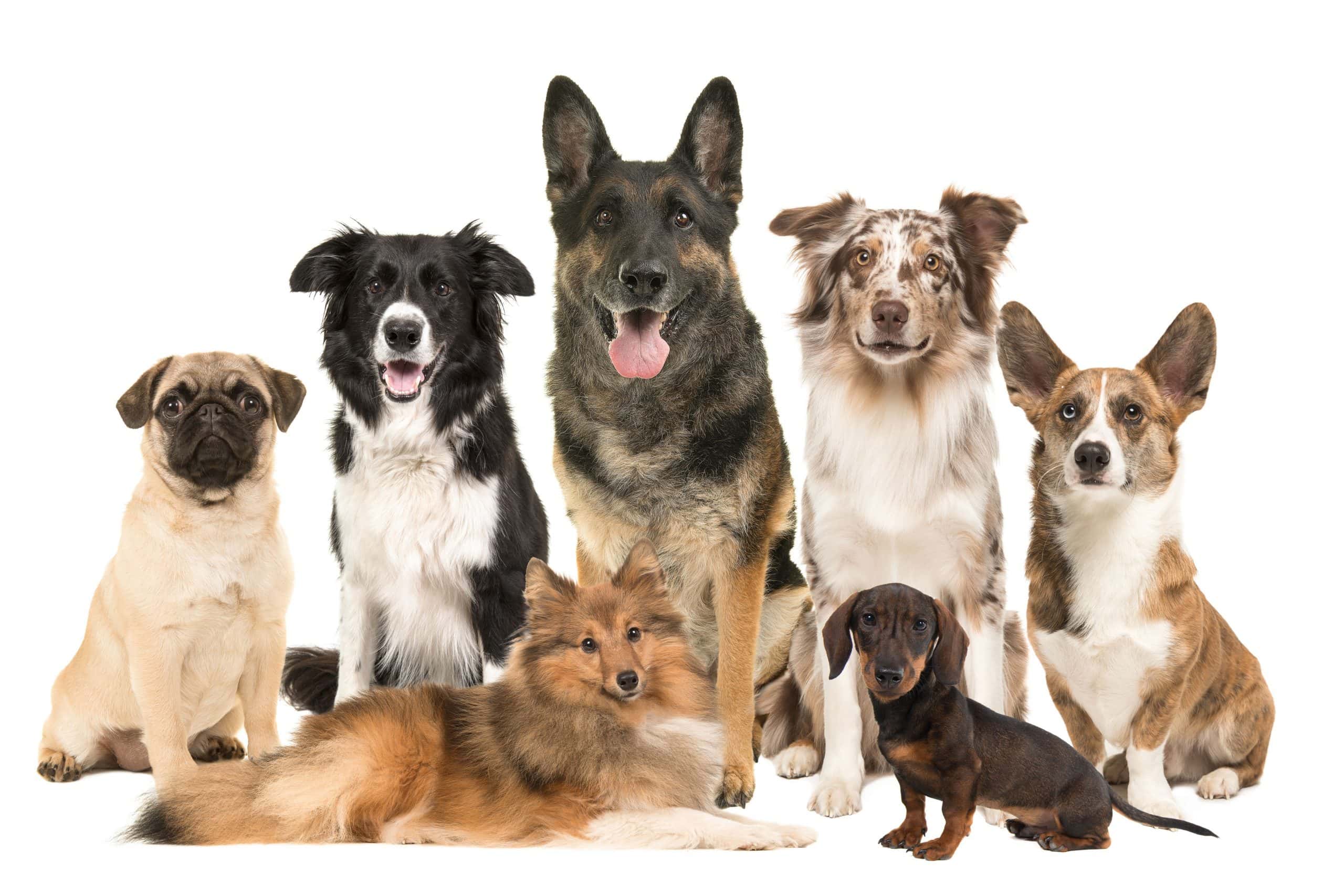Tips For Identifying Your Dog’s Breed(s)

Perhaps you rescued a mixed-breed dog from an animal shelter or adopted it from a friend, and now you’re wondering, “what breed is my dog?” If that’s the case, the dog lovers at Beverly Hills Veterinary Associates have some pointers to help you determine your dog’s ancestry.
Dog Breeds By Traits
Mixed breeds can have some of one or both parent’s physical characteristics—or even none at all! But a close inspection of your dog’s physical traits gives us a place to start with mixed-breed dog identification.
Take it From the Top
All dogs fall into one of three head shapes:
Dolichocephalic breeds have skulls that are long and slender. Think greyhounds, collies, Afghan hounds, and setters.
Brachycephalic breeds have a tell-tale flat face with extremely short snouts. Pugs, bulldogs, and boxers are all considered Brachy breeds. Their stubby noses make them predisposed to breathing difficulties (making air travel unsafe), eye disorders, and exercise intolerance.
Mesaticephalic breeds (also called Mesocephalic) are somewhere in the middle, with medium-sized heads that are fairly proportional in length and width. Think labradors, beagles, cocker spaniels, and dalmatians.
Ear Size and Shape
Does your dog have pointy ears that stand upright, like a German shepherd, or long, floppy ears like dachshunds (wiener dogs)?
Check Out the Tail
The overall shape and length of your pup’s tail can reveal clues about his lineage.
- Does your dog’s tail curl forward and cover his face when he sleeps? He could have inherited his tail shape from a sled dog or chow chow ancestor.
- Is your dog’s tail thick and short in comparison to his body size? He could have a retriever relative.
- A corkscrew tail could point to a bulldog or pug background, while a tufted tail resplendent with fur means there’s some poodle in his ancestry.
Color and Coat
How would you describe your dog’s fur? Working dogs like sled dogs have double coats to keep them double warm, while a terrier’s fur feels wiry. And of course, the curls of a poodle are hard to miss. Dogs with short, smooth coats are fast runners, like greyhounds. Spots could indicate some DNA from a dalmatian, while a dappled coat means he could have an Australian shepherd to thank for his beautiful dots and swirls.
It All Boils Down to DNA
If you want more conclusive info about your dog’s family tree, there is a such thing as doggie DNA testing. There are many tests on the market, and your Beverly Hills Veterinary Associates veterinarian would be happy to discuss the options with you.
We’re Here to Help!
We’re always happy to take a close look at your dog and help you identify his breed(s).
Because some breeds are prone to certain health concerns, knowing your dog’s lineage is helpful, but the best way to protect your pup’s health is to maintain routine wellness visits and contact us anytime you have concerns.
